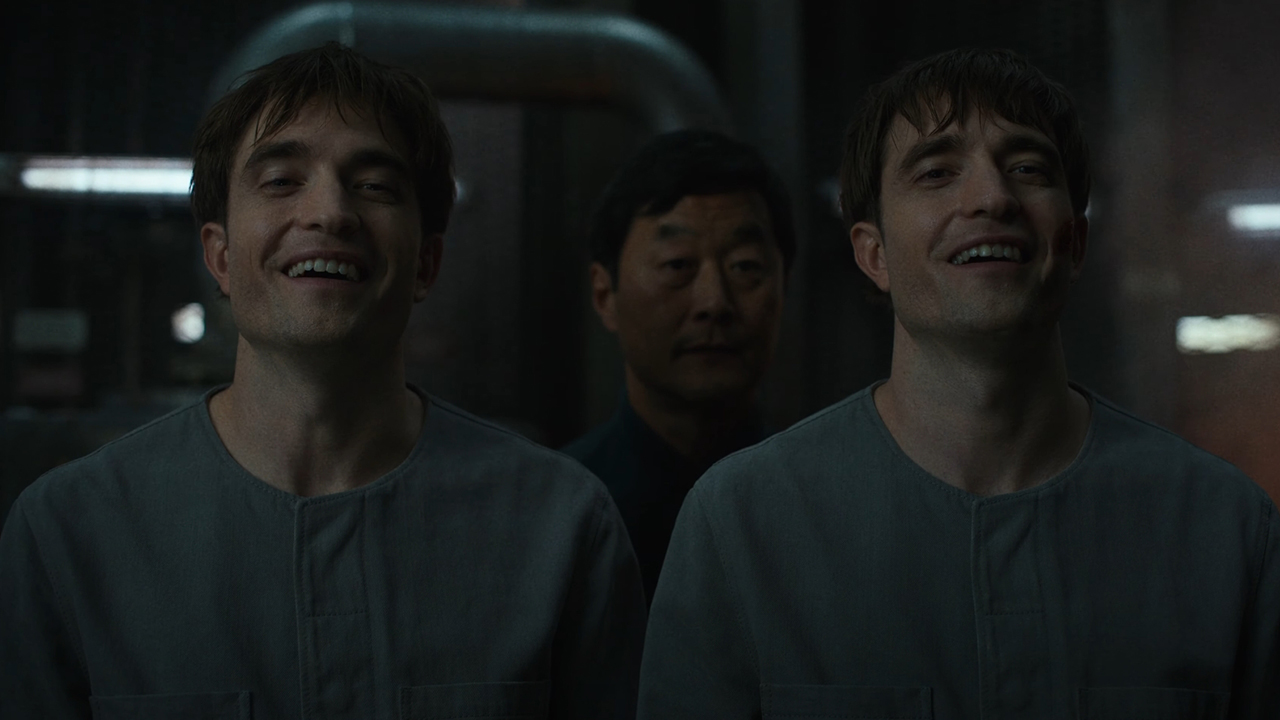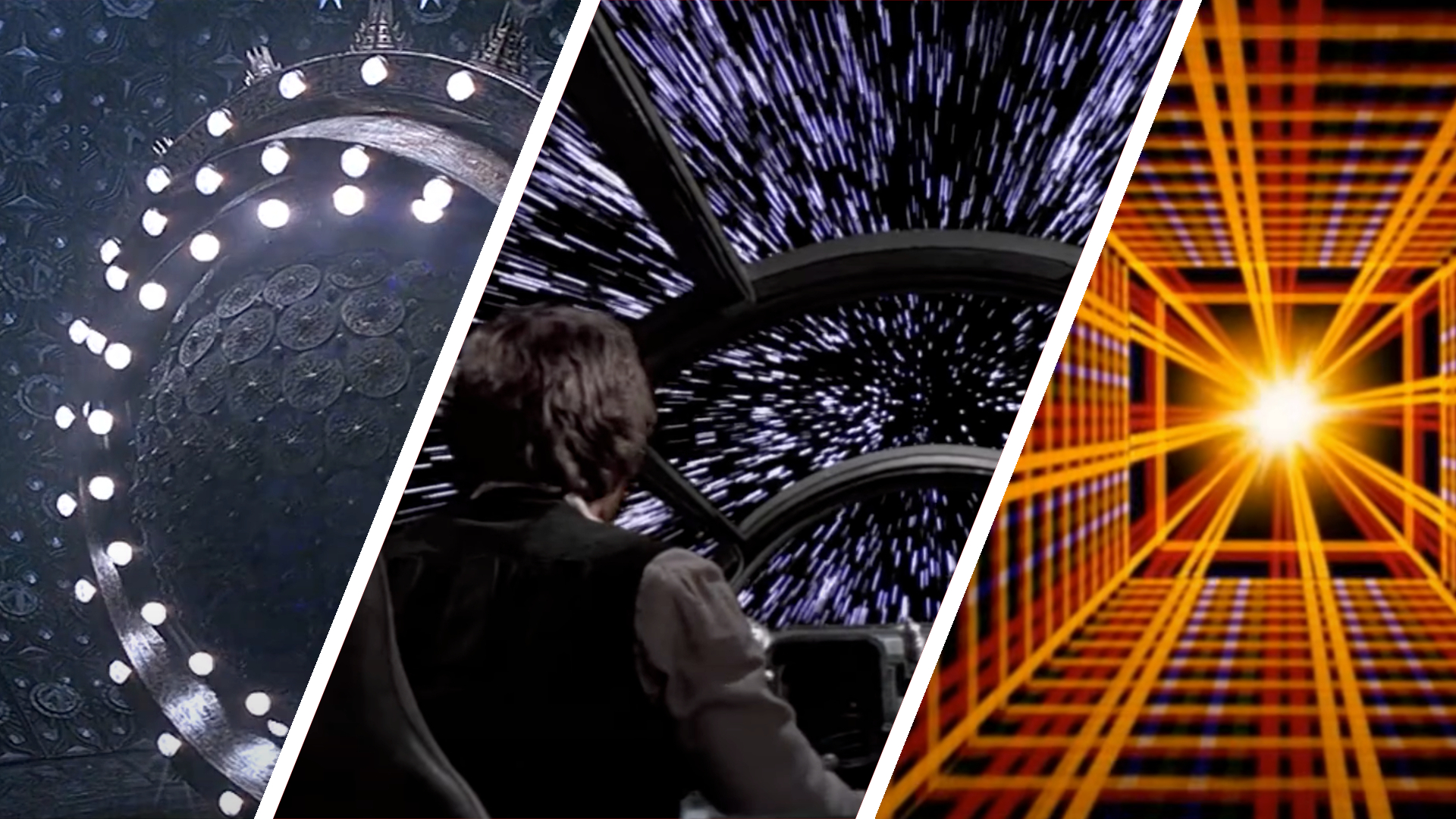America's forgotten plans to reach the moon
Before Apollo, many ingenious lunar landing schemes were proposed that could have changed history.

Humanity has long fantasized about going to the moon, but it was only in the 19th century that writers like Jules Verne and H. G. Wells began to think about using technology to make this dream a reality. The enthusiasm generated by such concepts, combined with the heating up of the Cold War, made the moon a feasible target for exploration, propaganda, and military exploitation. The outcome was several top-secret schemes developed by the U.S. Air Force (USAF), U.S. Army, and independent privately funded contractors.
The USAF desired to be at the forefront of developing rocketry and spacecraft, feeling the urgent need to respond to the Soviet Union's launch of Sputnik 1 on Oct. 4, 1957. In January 1958, USAF Brigadier General Homer A. Boushey gave a speech to the Aero Club in Washington, where he stated: "He who controls the moon controls the Earth. Our planners must carefully evaluate this statement for, if true — and I for one think it is — then the U.S. must control the moon."

This article is brought to you by All About Space.
All About Space magazine takes you on an awe-inspiring journey through our solar system and beyond, from the amazing technology and spacecraft that enables humanity to venture into orbit, to the complexities of space science.
In February 1958, the newly formed Advanced Research Projects Agency (ARPA) chose the USAF to run the nation's space programs. Under the leadership of Harry Lee Evans, a comprehensive plan to conquer space was quickly put forward. Underlining the sense of urgency, the proposal was titled Man In Space Soonest (MISS). The hardware and flight capabilities of a simple one-person, cone-shaped capsule would be tested in six robotic flights, followed by six more missions using animals to test life-support systems. Once these tests were passed, crewed flights would begin. They would check out guidance and control systems, reentry techniques and would culminate in a parachute landing at sea.
The next phase would have been the Man In Space Sophisticated (MISSOPH) program, according to Air & Space. This had three stages. The first was robotic and animal testing of a capsule that could stay in space for two weeks — the time it would take to make a moon trip. MISSOPH II would send a spacecraft to a distance of 40,000 miles (64,374 kilometers), and test how it would cope with a re-entry speed of 23,864 mph (38,405 kph), the speed a craft returning from the moon would achieve. MISSOPH III would test a shuttle that would land back on Earth like an aircraft and was planned for lunar and Earth orbital missions.
Alongside the MISSOPH missions, starting in April 1960, the USAF would have run the Lunar Reconnaissance (LUREC) program using robotic craft. LUREC I would test tracking and communications with a spacecraft 250,000 miles (402,336 km) away, while LUREC II would test the guidance systems to ensure they could accurately land a craft at a specific place on the moon. These craft would capture TV images and gather scientific information about the moon to enable planners to select suitable landing sites. Then LUREC III, using retrograde rockets to land on the moon, would send back further data.

It was only after those phases that Project LUMAN would come into play in May 1962. LUMAN I would send animal flights around the moon to test the hardware and systems before LUMAN II sent astronauts on a circumlunar flight. LUMAN III would send robot craft to land a payload on the moon, and LUMAN IV would land on the moon and return to Earth.
It was with LUMAN V, planned for 1965, that a single astronaut would ride a 'Big B' rocket to make the momentous journey to the lunar surface and back. The report was met with little enthusiasm, and was criticized for being too grand. It was felt that the USAF should rule out any interest in lunar missions, and that any of its space projects should have a military requirement.
In December 1958, the aerospace contractor Chance Vought's astronautics division, under the direction of Thomas Dolan, put together a team to study vehicle concepts that could follow NASA's Mercury program. It quickly put an emphasis on possible lunar missions, and Conrad 'Connie' Lau was put in charge of Project MALLAR (MAnned Lunar Landing And Return).
The beauty of this scheme was that it involved using modular components and the use of rendezvous and docking techniques. It featured a two or three-person entry vehicle module that for Earth orbital missions would be attached to a payload module that could act as a space station for 14 days. For a lunar landing mission, the modules for it would be assembled in Earth orbit, and feature a two-person entry vehicle, a lunar mission module, a lunar landing module, and a rocket stage to send it to the moon. In lunar orbit, the two-astronaut crew would transfer to the lunar landing module and descend to the moon.
Related: Lunar timeline: humanity's explorations of the moon
After 24 hours they would return to the orbiting modules, jettison the ascent stage of the lunar lander and return to Earth. The lunar mission module would be left in Earth orbit if desired, and the astronauts would use the remaining entry vehicle to get home. To provide electrical power, it had a circular solar array that fanned out from the craft after launch, and it had spherical propulsion tanks attached to the outside of the craft.
The most important aspect of the design was that by using a lunar orbit rendezvous (LOR) technique, rather than sending a craft directly to the moon, it would save 50% of the total mission weight. At NASA, a LOR seemed too complex and dangerous, but John Houbolt, an engineer at Langley Research Center, worked hard at promoting the concept, and his MALLIR (MAnned Lunar Landing Involving Rendezvous) proposal was adopted for the Apollo program. Dolan failed to get any support from NASA for MALLAR, and further failures to attract any contracts involving Apollo led to his group fading from involvement in moon landing missions.
Like the USAF's Project LUMAN, Wernher von Braun's team at the Army Ballistic Missile Agency saw the need to gain the military high ground by establishing a base on the moon, which in addition could be used for scientific studies of the moon and advancing further exploration of space.
Von Braun and his team thought that producing a large enough rocket booster for a direct moon landing was impractical. He instead advocated for using a technique known as Earth orbit rendezvous (EOR). His Juno V — later renamed Saturn V — rockets would assemble a lunar rocket stage in Earth orbit that would rendezvous with a crewed spacecraft. The crewed craft would then be fired to the moon by the rocket stage, and would slow down for a lunar landing when approaching the moon. As early as 1952, he had put forward an ambitious plan to use EOR techniques to assemble three huge 3,964-ton spacecraft that would take 50 astronauts to the moon.
Less grandiose proposals for the base were detailed by von Braun's colleagues, Frank Williams and Heinz Koelle, in their 'Project Horizon' report submitted in June 1959. The report hedged its bets by proposing that a cargo of 6,000 lbs. (2,721 kilograms) could be soft landed on the moon by the direct method, while crewed missions would be assembled in Earth orbit in conjunction with a space station.
Throughout 1964, 40 Saturn I and improved Saturn II boosters would prepare the way for a two-person moon landing in April 1965. The building of the base would begin in earnest, with the delivery of 220 tons of cargo to the moon by nearly 150 Saturn rockets. It was hoped that by November 1966, the base would be ready for a permanent 12-person task force. From December 1966 through 1967, a further 120 tons of cargo would be delivered to the base by 64 Saturn V launches. It was predicted that by the end of 1967, 42 astronauts would have been to the moon, and 26 would have returned after doing their stint of duty at the base.
Related: Saturn V rockets & Apollo spacecraft
The base would consist of living quarters, a science laboratory, medical and communications facilities, and storage rooms inside metal cylinders linked together and arranged in an L-shape. They would be buried beneath the surface and covered by lunar material to protect the occupants from radiation, meteoroids, and the hostile lunar environment. Power would be provided by two nuclear reactors buried underground at a distance from the main base.
A surface construction vehicle would be used to dig the channels and position the metal living units into place, while another lunar rover would be used for cargo carrying and exploration. The base would be protected against intruders by handheld claymore mines and nuclear-tipped rockets. With the formation of the National Aeronautics and Space Administration (NASA) in 1958, such projects were put under its leadership, and Project Horizon faded into history.

President Kennedy announced to Congress on May 25, 1961: "I believe that this nation should commit itself to achieving the goal, before this decade is out, of landing a man on the moon and returning him safely to the Earth." The USAF optimistically put forward another moon landing plan: The Lunex Project.
The aim was to send a crew of three astronauts to the lunar surface and back by August 1967. The plan intended to use a lifting-body spacecraft based on Boeing's Dyna-Soar delta-winged space plane program, which was canceled in 1963. Using an Atlas rocket, it would begin with five test flights of scale models of the vehicle, followed in 1964 and 1965 with full-scale unmanned and then manned missions. Further tests would culminate in a robotic landing craft that would deliver cargo to the moon in July 1966.

A circumlunar mission carrying astronauts would occur in September 1966, and only after further robotic testing of the whole system would astronauts go to the moon. In 1968, a mixture of manned and cargo-delivering vehicles would establish an underground 21-person moon base by July 1968. The project, like Project Horizon, was quickly rejected in favor of NASA's Apollo program.
"The fact that these various ideas went nowhere is completely unsurprising. It took a very special set of political and international circumstances in 1961 to motivate the Kennedy administration to spend billions on a landing program," says Michael Neufeld, senior curator at the Smithsonian's National Air and Space Museum in Washington, D.C.
Although these projects came to nothing, they did have a major influence on determining the best way to get to the moon. They certainly focused the debate over using a direct ascent, EOR or LOR technique to achieve a moon landing. Once the LOR technique was agreed on by NASA, it determined the type of vehicles and techniques that needed to be built and tested to visit the moon in the timeline dictated by Kennedy.
Follow us @Spacedotcom, Facebook and Instagram.
Join our Space Forums to keep talking space on the latest missions, night sky and more! And if you have a news tip, correction or comment, let us know at: community@space.com.
Get the Space.com Newsletter
Breaking space news, the latest updates on rocket launches, skywatching events and more!











